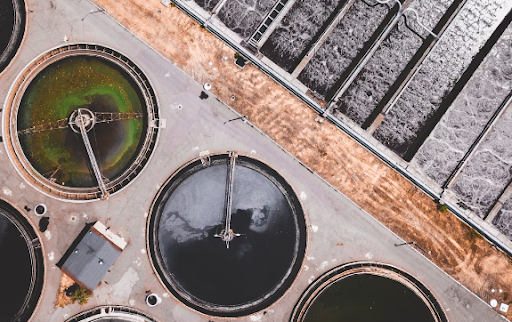Septic tanks and porta potties may seem like two completely different aspects of sanitation, but they share a fundamental connection in their role of managing human waste. While septic tanks are a permanent fixture of many homes and buildings, porta potties provide temporary sanitation solutions for events, construction sites, and outdoor gatherings.
Despite their differences in design and function, both play vital roles in waste management and environmental protection. In this article, we’ll go into the relationship between septic tanks and porta potties, exploring their similarities, differences, and the importance of proper maintenance for both.
Understanding Septic Tanks
A septic tank is an underground wastewater treatment system commonly used in rural and suburban areas where centralized sewer systems are not available. It consists of a large, watertight container typically made of concrete, fiberglass, or polyethylene.
Septic tanks receive wastewater from household plumbing fixtures such as toilets, sinks, showers, and washing machines. Inside the tank, solid waste settles to the bottom, while lighter materials like grease and oil float to the top. Bacteria and enzymes break down organic matter, converting it into sludge and gases.
The Importance of Proper Maintenance
Proper maintenance is crucial for septic tanks to function efficiently and prevent costly problems such as backups, odors, and groundwater contamination. Regular septic tank pumping and inspection by licensed professionals are recommended to remove accumulated solids and ensure the tank is operating correctly.
Additionally, homeowners should avoid flushing non-biodegradable items such as sanitary products, wipes, and grease down the drain, as these can clog the system and disrupt the natural treatment process. By following maintenance guidelines and being mindful of what goes into the septic system, homeowners can prolong its lifespan and minimize the risk of malfunctions.
Introducing Porta Potties
Porta potties, also known as portable toilets or chemical toilets, are temporary restroom facilities commonly used at outdoor events, construction sites, and recreational areas where permanent restroom facilities are unavailable or impractical.
These portable units consist of a lightweight, self-contained enclosure equipped with a toilet, urinal, hand sanitizer dispenser, and ventilation system. Unlike septic tanks, which rely on natural processes for waste treatment, porta potties use chemical additives to break down waste and control odors.
The Role of Porta Potties in Waste Management
Porta potties play a vital role in waste management by providing convenient and hygienic restroom facilities in locations where traditional plumbing infrastructure is not feasible. These portable units are designed to contain and treat human waste on-site, minimizing environmental impact and promoting public health and sanitation.
Chemical additives such as biocides, enzymes, and deodorizers are used to accelerate the decomposition of waste and neutralize odors, ensuring a pleasant and sanitary experience for users.
Maintaining Porta Potties
Proper maintenance is essential to ensure the cleanliness, functionality, and odor control of porta potties. Service providers typically offer regular cleaning, emptying, and restocking of portable toilets to keep them in optimal condition.
This includes removing waste, replenishing supplies such as toilet paper and hand sanitizer, and sanitizing surfaces to prevent the spread of germs and bacteria. Additionally, routine inspections help identify and address any issues promptly, ensuring that porta potties remain safe and hygienic for users.








